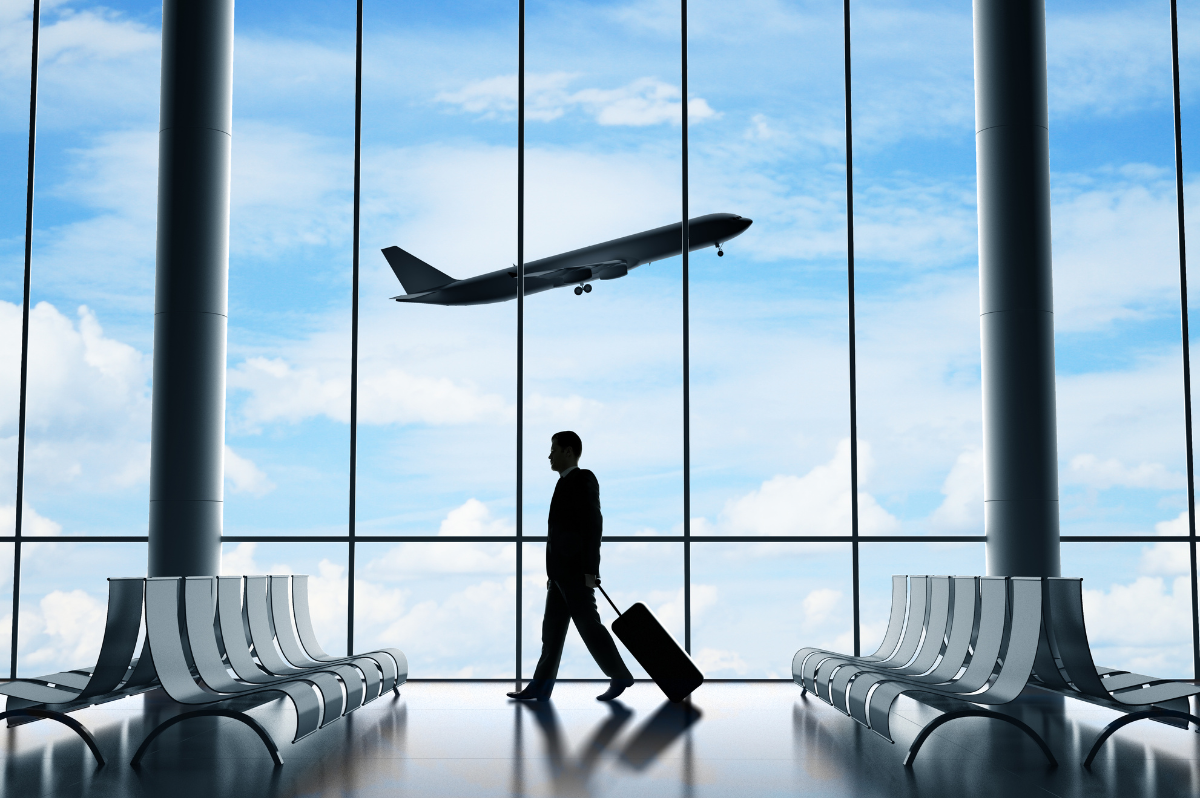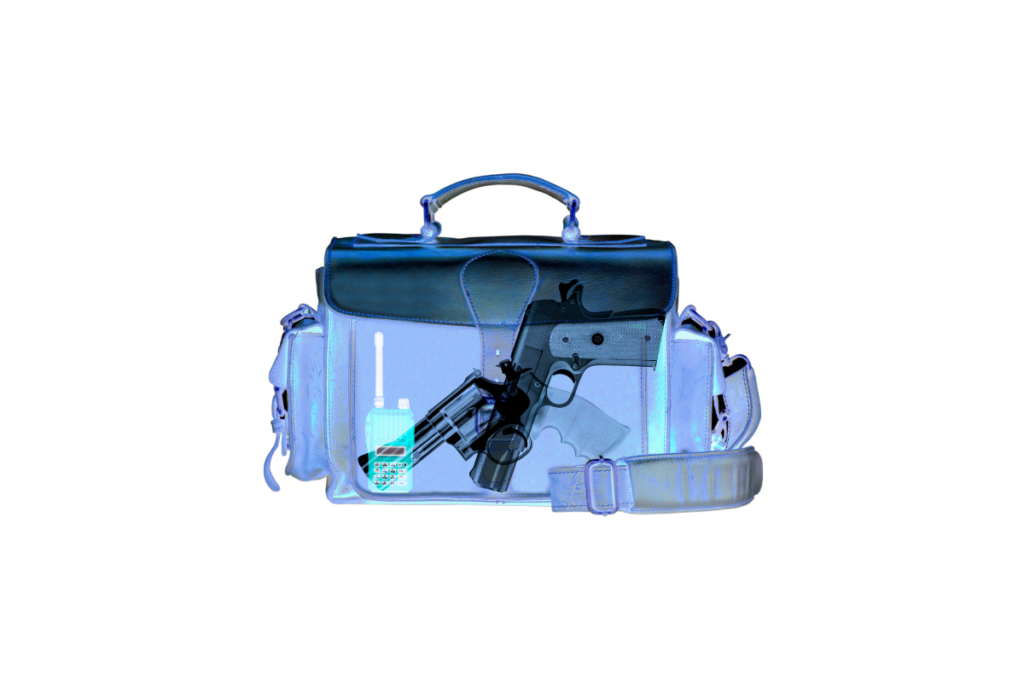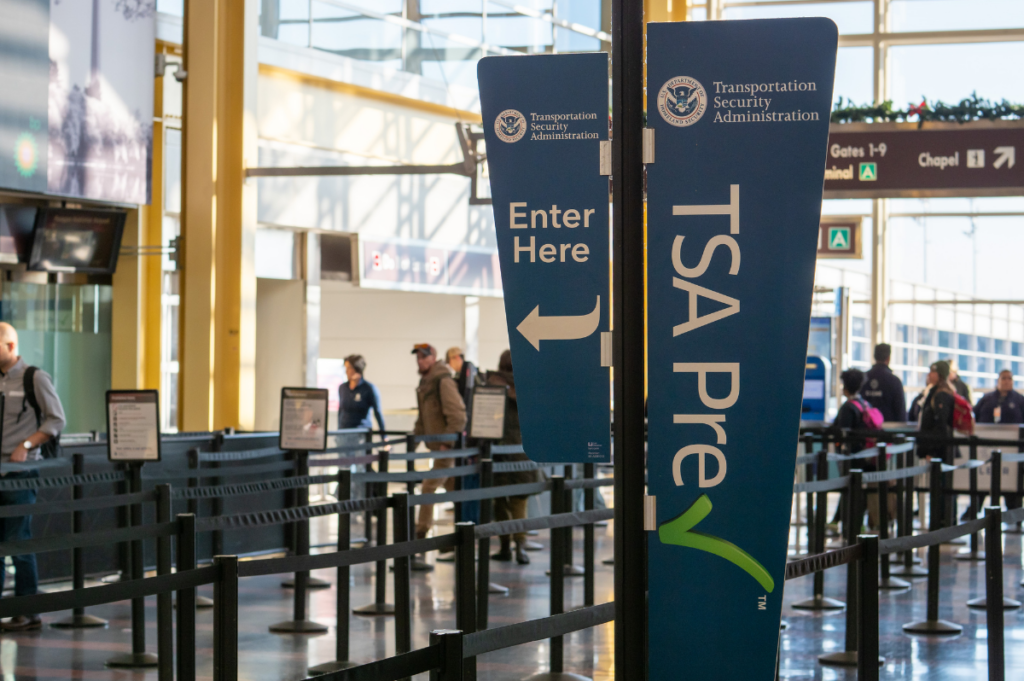
 0
0 
Traveling with firearms is a serious matter that requires careful planning and strict adherence to regulations set by the Transportation Security Administration (TSA) and individual airlines. This guide aims to provide a comprehensive overview of all the necessary steps and precautions for legally and efficiently traveling with your firearm.
Before you begin packing, it’s crucial to familiarize yourself with the gun laws of the states or countries you’ll be traveling to and from. Some jurisdictions have stringent laws about firearm possession, and ignorance of these laws will not serve as a valid defense should you run afoul of them. Websites like Gun Laws By State can provide helpful overviews of state-level regulations in the U.S., but always consider consulting with a legal expert if you’re unsure.
Next, ensure you have the necessary permits for your firearm. This might include concealed carry permits or other specific licenses required by the jurisdiction you’re traveling to. For international travel, check on any additional certifications required by the destination country. Remember, it’s your responsibility to ensure you’re legally permitted to possess and transport your firearm across state or national lines.
When it comes to packing your firearm, the TSA has clear guidelines. Firearms must be unloaded and locked in a hard-sided container and transported as checked baggage only. This means you cannot carry your firearm onto the plane with you in your carry-on luggage. Additionally, firearm parts, including magazines and clips, must also be transported in checked bags.

Your firearm case should be sturdy enough to protect your gun during transport. TSA-approved gun cases are widely available and provide the security necessary for air travel. Inside the case, secure your firearm to prevent movement, and consider padding to protect it from any impact.
At the airline check-in counter, you must declare each firearm every time you present it for transport as checked baggage. This process usually involves filling out a firearms declaration form that confirms your weapon is unloaded. The airline will often provide a tag to place inside your locked case. Never attempt to bring a firearm to the security checkpoint.
The TSA has strict regulations concerning the transportation of firearms. Firearms carried in checked bags must be unloaded, packed in a locked hard-sided container, and declared to the airline at check-in. Ammunition must also be transported in a locked, hard-sided container as checked baggage.

Remember, the key is to declare your firearm and ammunition to the airline when checking your bag at the ticket counter. The TSA screens every passenger’s baggage before it is placed on the plane. If they discover a firearm in your bag and you have not declared it, you could be fined or even face criminal charges.
Security: Traveling with a firearm can provide an added sense of security, especially if you’re licensed for concealed carry and are traveling to a location where your permit is recognized.
Sporting Use: For hunters or sport shooters traveling to competitions or hunting grounds, flying with firearms is often unavoidable and allows them to use their own equipment rather than relying on rentals or purchases at their destination.
Potential Risk of Damage or Loss: Despite your best efforts, checked luggage can sometimes be lost or damaged during transit, and this includes luggage containing firearms.
Legal Complications: If you’re not familiar with the laws of your destination, you could find yourself in legal trouble for possessing a firearm. This is particularly important for international travel, as many countries have much stricter gun laws than the United States.
Added Time and Stress: The process of packing, declaring, and transporting firearms can add time and stress to your travel experience. If you’re not regularly traveling with firearms, it might be easier to leave them at home.
In conclusion, while traveling with a firearm comes with its own set of challenges, thorough preparation and strict adherence to regulations can make the process smoother. Remember, the key to successfully traveling with a firearm lies in understanding and respecting the rules set forth by both the TSA and the specific airline you are flying with.

 0
0